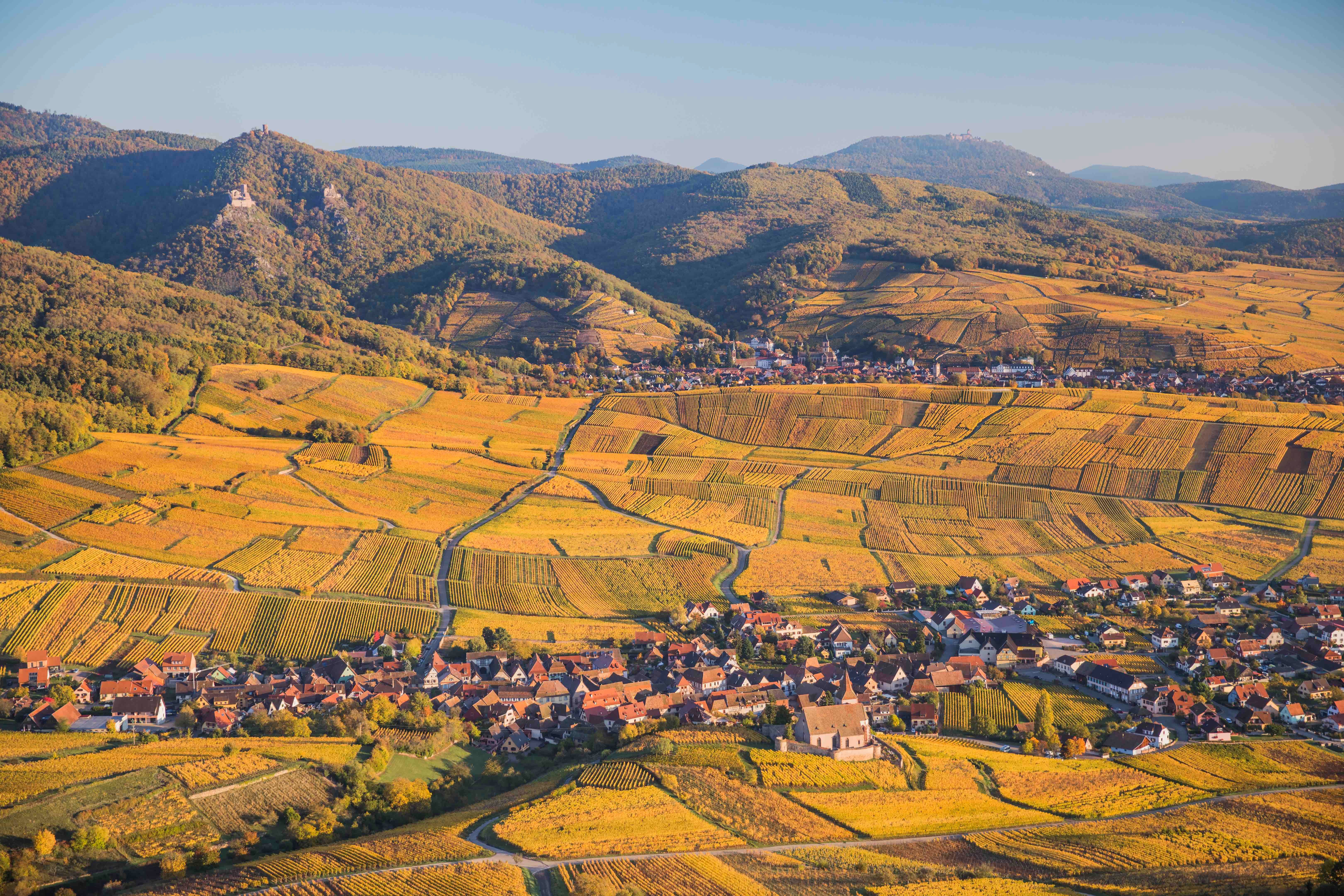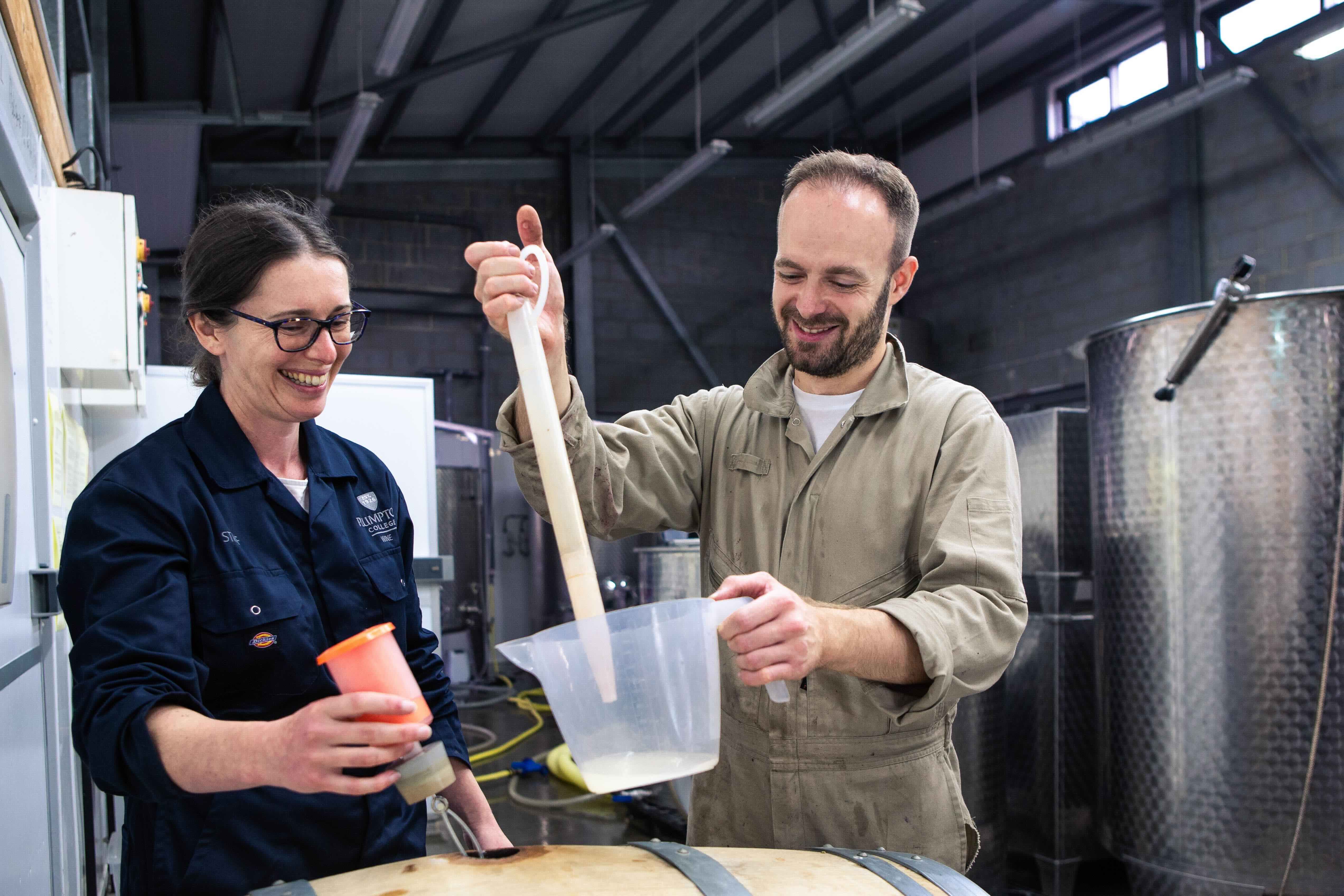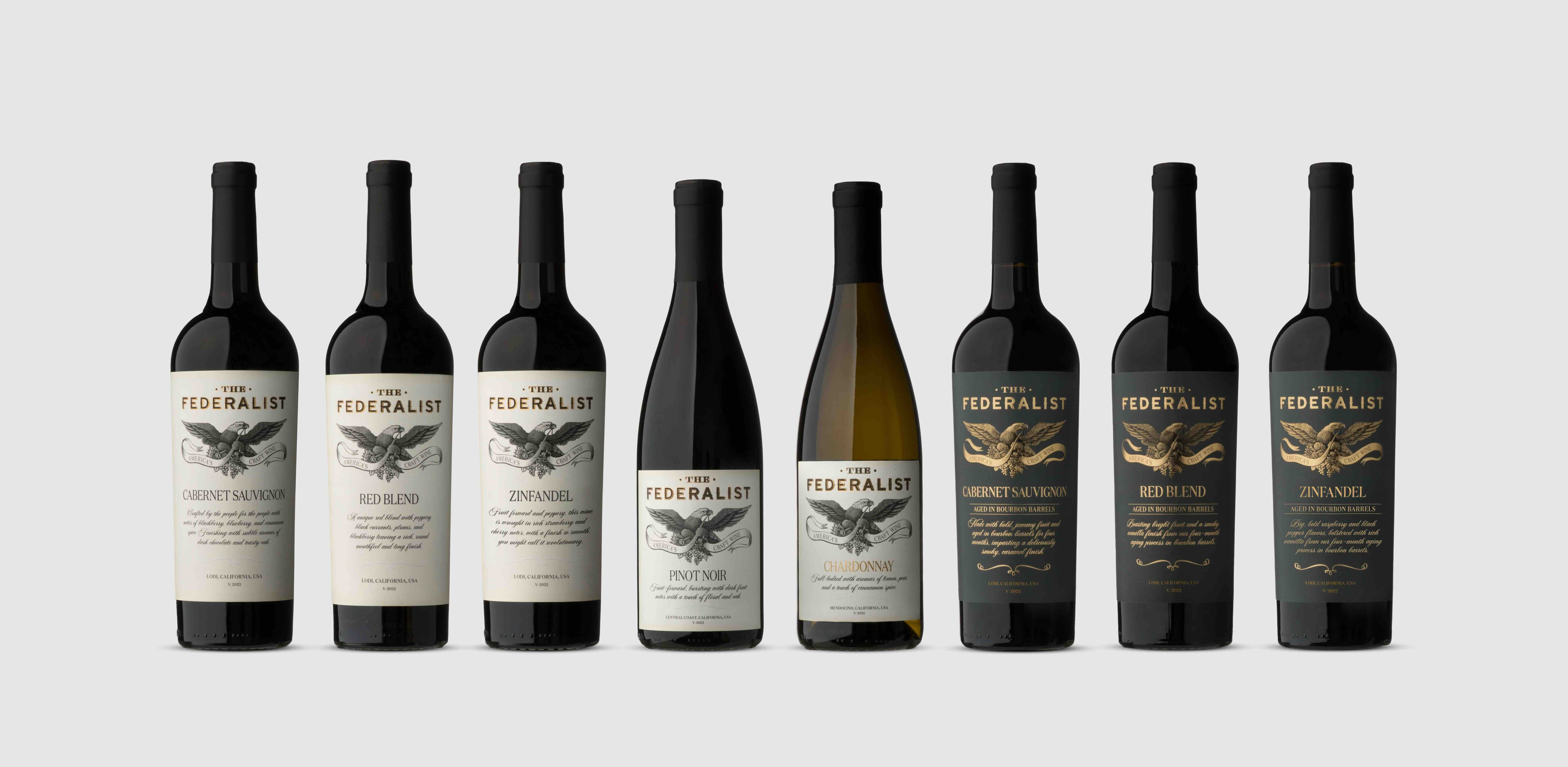Vorbourg was recently awarded Grand Cru status for its Pinot Noir, what will this mean for Pinot producers in the region?
This is very encouraging news for our producers and the message is clear: Alsatian Pinot Noir matters. This promotion of Pinot Noir across three Grands Crus in Alsace by the INAO is the best way to show that we are here.
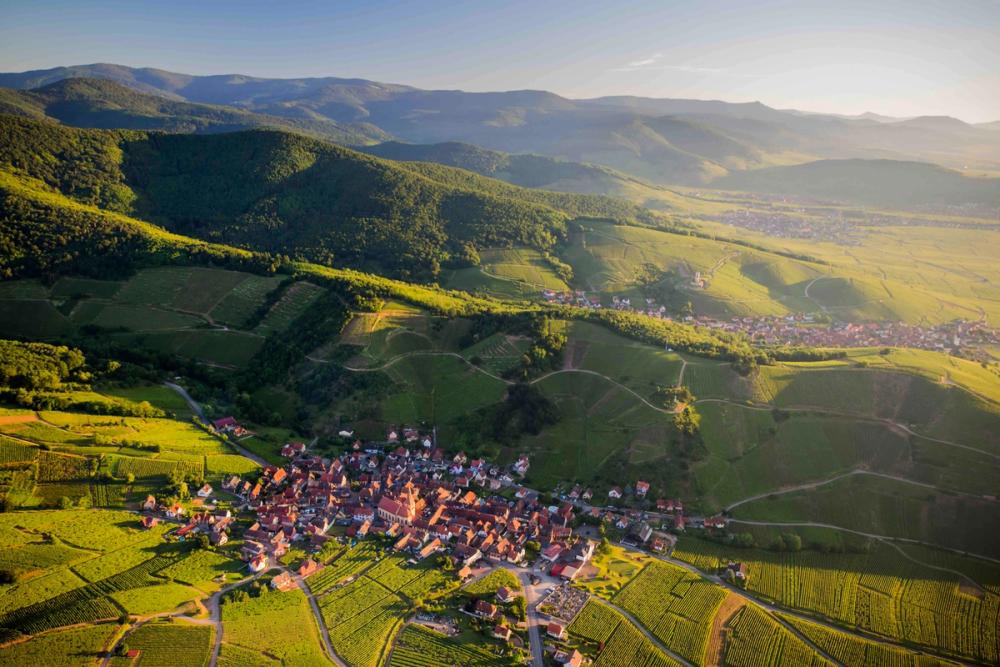
Alsace is looking to widen its appeal by building the quality of its Pinot Noirs - including new Grand Crus status
Quality Pinot Noir isn’t something new in Alsace – this recent promotion is more of a renaissance. It was widely produced in the region from the Middle Ages until the middle of the 17th century, with between 10,000 and 12,000ha dedicated to it. The recognition of our great Pinot Noir terroirs will grow in the years ahead as the Alsatian Pinot renaissance continues to gain momentum.
Could Alsace one day rival the likes of Burgundy for its reds?
Because of our particular history Pinot Noir was always the black swan in Alsace and I think it’s a mistake to try to compare our Pinots with those from Burgundy, as we don’t want to appear like a ‘B-side’ of Bourgogne for our Pinot Noir.
We have our own history with the grape that goes back centuries and the Pinots we make are different. To compare Alsatian Pinot with Burgundy would be like trying to compare two sisters.
New oak never dominates our Pinots, which don’t only come from limestone soils; they’re also grown on granite. The average price is also very different to Burgundy, and there is no price speculation when it comes to our Grand Cru and single vineyard Pinots.
Our Pinots are growing in quality and reputation and bring something new to the table.
What is it about Alsatian Grand Cru wines that makes them unique?
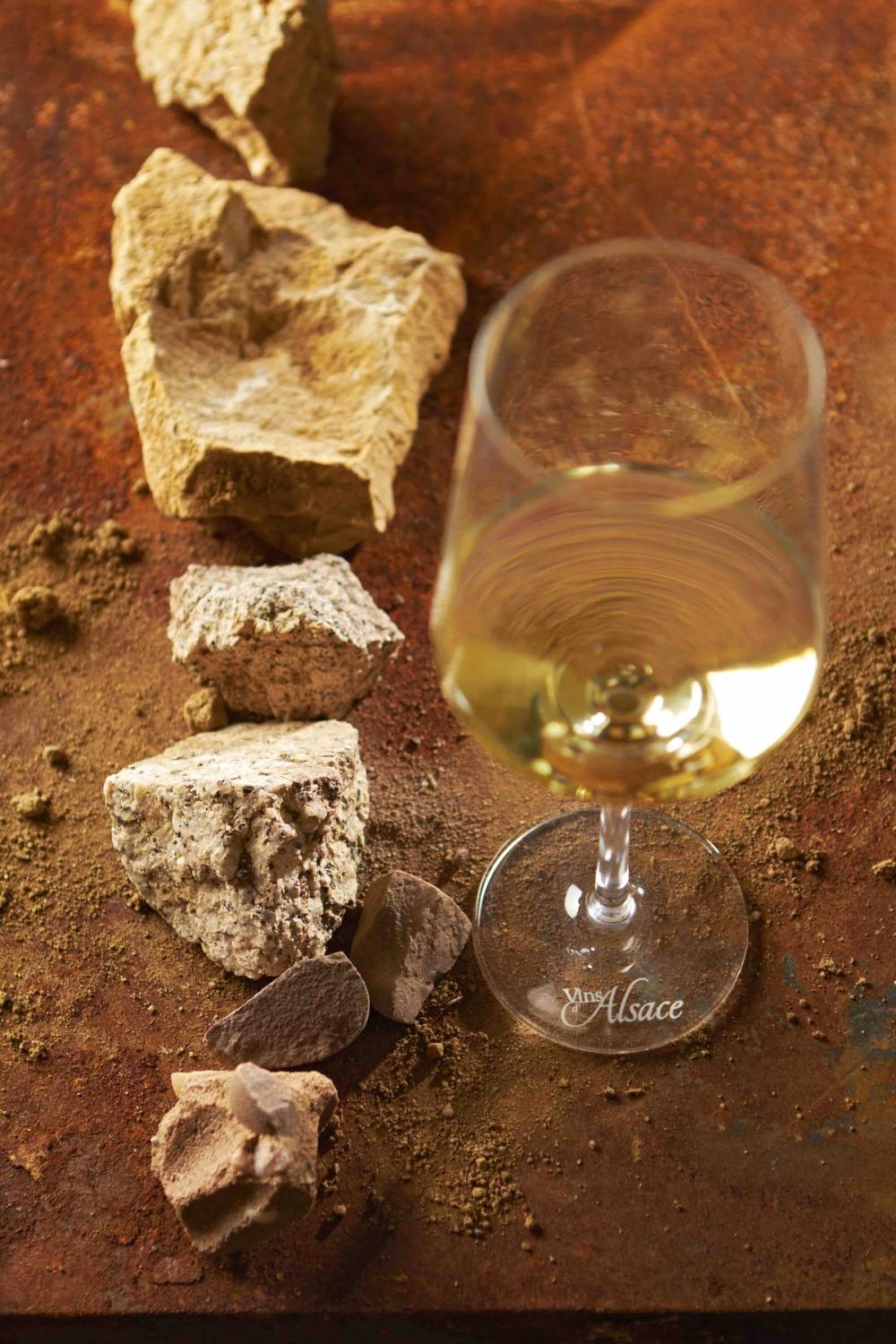
Unique soils and terroir has helped Alsace gain Grand Cru status
Alsace has 51 Grands Crus and all of them have distinct terroirs. In every valley of our vineyards there is a unique microclimate. In no other wine region of the world can you find such a diverse mosaic of soils and microclimates, from granitic sand, limestone and clay, to volcanic and schist, all of which have an impact on the wines.
The human element is also important as our winemakers are influenced by both the French and German cultures. Our wines are appealing due to their minerality, elegance and purity of fruit, and can offer fruit, flower, herbal or earthy notes, depending on their terroirs.
What kind of ageing potential do they have?
Grand Cru whites from Alsace are among the most long-lived whites in the world due to the soils in which they’re grown and their acidity levels. I have many Alsace wines in my cellar for my two sons from the 2006 and 2013 vintages, and I know that when we open them in 20 years’ time they will still be on song.
I’ve had the privilege of tasting mature dry whites from Alsace, including a Pinot Gris from 1943 and two Rieslings from 1945, and both of them where excellent. The same goes for Alsatian Pinot Noir; the purity of fruit is preserved through time.
Does Alsace have a chance to steal market share from Champagne with its sparkling wines?
Crémant d'Alsace has been growing strongly for over a decade and is one of our best assets both around the world and in France. It’s the most popular French AOC sparkling wine outside of Champagne, with a market share of 35-40% of the category.
More of it is being produced, more of it is being consumed, and more of it is emerging as a fine alternative to Champagne. Over the last 20 years, producers have not only been making easy-drinking Crémants to serve the apéritif moment, but also complex Crémants d'Alsace with gastronomic ambitions that have been aged on the lees for up to a decade.

Is Gewurztraminer misunderstood, and if so, how would you like it to be reframed in people’s minds?
Yes, I think so. A lot of people have quite a basic image of Gewurztraminer, perhaps because they’ve tasted non-Alsatian expressions from South America, Canada, New Zealand and northern Italy that have widely different flavour profiles. We need to show consumers what real Alsatian Gewurztraminer is through events and tastings, and in our communications. I feel strongly that Alsatian Gewurztraminer is one of the most on-trend wines in the world right now, because it’s aromatic, elegant, luxuriant and an incredibly versatile food wine that can pair well with everything from high-end Mexican to Moroccan, Indian and southern Chinese cuisine.
How does Alsatian Gewurztraminer character change depending on its terroir?
Alsace is the first wine region in the world to produce this grape variety, which is an aromatic, spicy variant of Traminer that developed in the mid-19th century. We are the leader in terms of vineyard area with over 2,200ha of Gewurztraminer planted in Alsace. The grape tends to prefer limestone, marl and clay soils, which lead to more opulent aromatics and a more textural mouthfeel. It’s generally easier for Gewurztraminer to retain its freshness in hotter vintages, and thanks to the Vosges mountains that protect our vineyards from the rain, we’re able to produce balanced dry and off-dry expressions with an unctuous structure and zippy acidity.
How is Alsace leading the way in France when it comes to sustainability?

Alsace has strong sustainability initiatives across the region
Alsace has a long history of sustainable vine growing – it was the first region in France to have an organic vineyard (in 1961, prior to official certification) and the first to have a biodynamically farmed vineyard in 1969. Today it is among the top three regions in France in terms of organically certified vineyards, with 36% of our vineyards certified organic in 2023.
We also lead the way today when it comes to biodynamics, and boast the largest amount of Demeter and Biodyvin certified vineyards in the world, at 8.5%. The technical department at the CIVA is conducting studies on drought-resistant grape varieties to safeguard against climate change and help in the fight against vine disease.
Are Alsatian producers keen to increase their export presence abroad?
Exports account for around 26% of our volume sales but that figure is growing, due in part to a new generation of winemakers that are rising up through the ranks in the region who have worked vintages all over the world, from Australia and New Zealand to Chile and the US. These younger winemakers are very keen to increase their presence at export, having acquired this mindset through their own travels. To help them to grow their exports, over the last four years the CIVA has dedicated part of its budget towards achieving this goal alongside activities with our partners at the CCI Grand Est.
* Click here to see which Alsace wines scooped a Gold medal in the 2024 IWSC awards.
* Click here to find out which wines won a Silver medal, and here for the Bronze medals.
